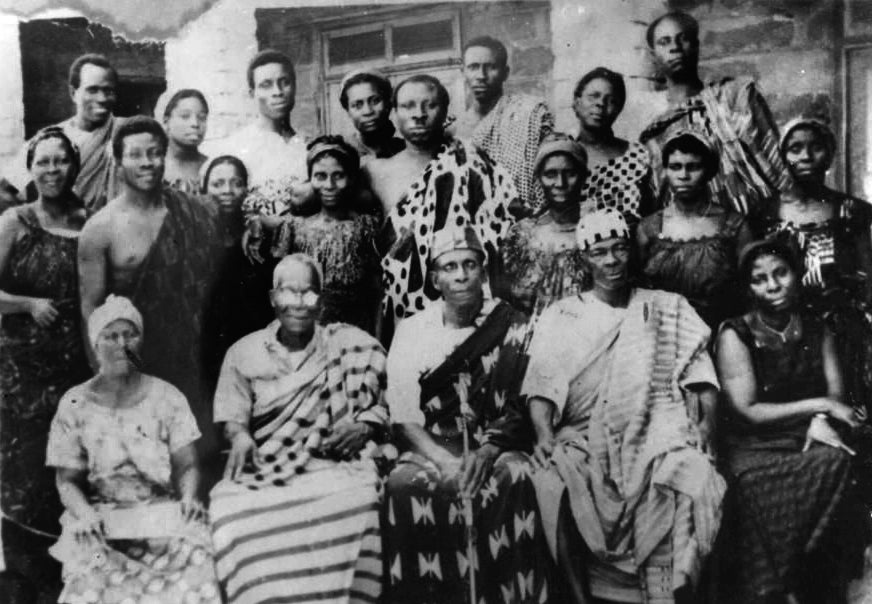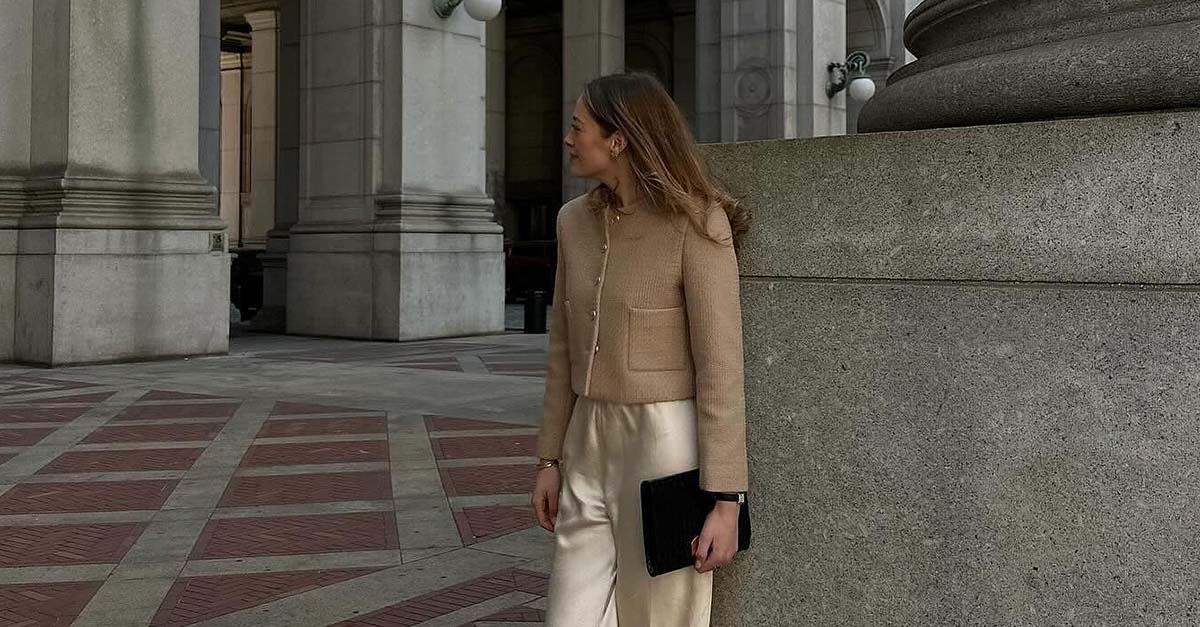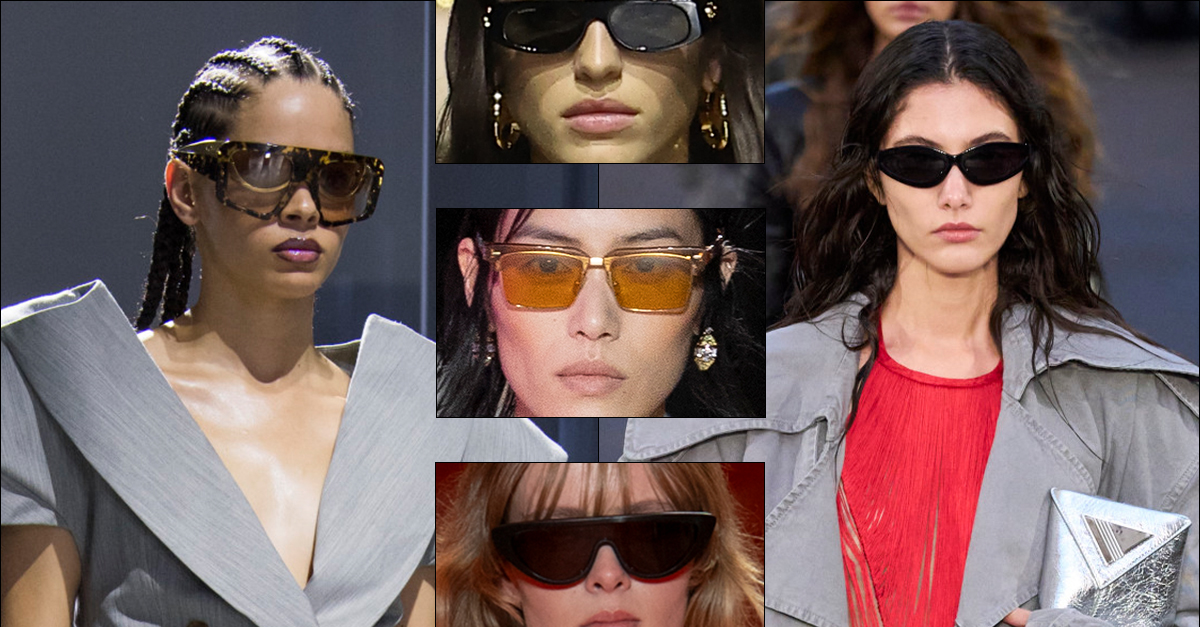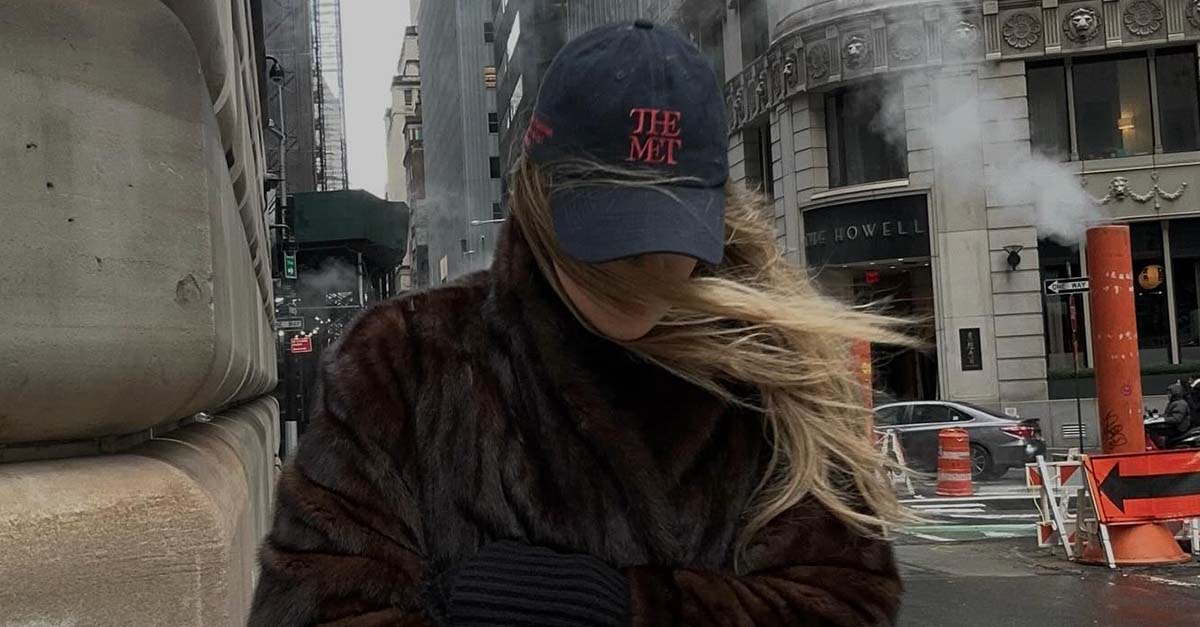
In a tour of the African Fashion exhibition at the Brooklyn Museum, designer Reni Folawiyo posed a question: “What does it look like creatively, economically, and politically for us to decide to stand as one for a change?” The CEO and founder of Alára, a Lagos based fashion boutique, is in deep thought about the African liberation movements on display at the museum’s exhibit. As we stop in front of archival documentary footage of the second World Black and African Festival of the Arts (FESTAC), an arts and culture festival which took place in Lagos around 1977, the reality of current day catches up to her.
“I think with places like Ghana having this idea of exchange. Everybody is trying to find out where they are from with DNA [tests]},” she said. “I think this is the beginning of a shift that might be really interesting for us as our future, future Black people.”
From the Year Of Return in 2019 to the emergence of Afrobeats on the global stage to North American debut of African Fashion at the Brooklyn Museum, the cultural bonds between the African continent and the African Diaspora are bringing forth the ideal of a global Africa. An African identity, conceived and developed by people of the African Diaspora across the world, encompassing places like the United States and Europe, but also the Caribbean. Instead of displaying a monolithic expression of African culture and fashion, the exhibition sourced over 180 pieces from more than 40 designers and artists from 20 African countries, to depict the multiple creative expressions of Africa.
Designers, such as Kofi Ansah of Ghana, Naïma Bennis of Morocco, Chris Seydou of Mali, Alphadi of Niger and Shade Thomas-Fahm of Nigeria are amongst the first wave of African designers to draw inspiration from traditional textile traditions, such as the kaftan, but embroider the garment through a haute couture approach.
“The creativity from the African continent is so expansive, that the perception that it should be one or the other, is actually, it should be negated as much as possible,” said Ernestine White-Mifetu, Sills Foundation Curator of African Art. White-Mifetu co-curated the exhibit with Annissa Malvoisin, Bard Graduate Center/Brooklyn Museum Postdoctoral Fellow in the Arts of Africa. The curatorial team included a medley of professionals from the continent, the Caribbean, and the Americas to portray a comprehensive look at the art, music, and visual art to showcase an Africa that is global.
In contrast to the exhibition’s showing at the Victoria and Albert Museum in London, White-Mifetu and Malvoisin sought to include the experiences of Black people in Brooklyn. Prior to the exhibition’s opening date, the pair sent out a call to communities and families in Brooklyn to send in images of their family members to be put on display. Their images were an effort to center the exhibition in the vast rich Black history of Brooklyn.
“It was very important for us to make sure that the communities here relate to this exhibition,” said Malvoisin. “Changing and adding things to make sure that we highlighted all aspects of fashion, not just fashion, but art, culture, music, literature, to, and, from a Diaspora voice as well, in addition to the Continental voice.”
American photographers like Kwame Braithwaite, a Brooklyn based photojournalist, whose work lead to the creation of the “Black Is Beautiful” movement of the 1960s, is another creative who sought to highlight African beauty and fashion through a contemporary way. Braithwaite, the son of immigrants from Barbados, brings the Caribbean into the diasporic conversation.
A common through line amongst the sections in the exhibition is the idea that despite centuries of slavery, colonization, enslavement, and displacements generations of African, African Americans, and Caribbean artists have always been in conversation with each other. One only needs to look at the works of Moroccan visual artist Hassan Hajjaj, known for “the mixing of prints, the mixing of iconography and images of notions of consumerism,” to see elements of Harlem based fashion designer Dapper Dan who changed pop culture and fashion through his reinterpretation of luxury fashion prints for rappers in the 1980s.
As we stop in front of the “Global Africa” section of the exhibition, where the creations of designers like Christopher John Rogers and Aurora James are on display, Folawiyo ponders about the future of fashion for designers of African descent like herself. She questions if instead of following the universal standard of producing garments for fashion shows to be sold in a ready-to-wear collection for her boutique, if she should return back to the traditional way of co-creation.
These conversations, the exchange of cultural ideas, the prompting of others are summarized into one word by Folawiyo. Co-creation. She explains how as a designer, she is required to produce for fashion shows and make ready to wear collections to be available for purchase in her boutique. The world accepted way for fashion to be thought of. Yet, she wonders, possibly inspired by the fashion on display, if she and African fashion designers like her should return back to co-creation. A traditional way of manufacturing a garment in collaboration with not only the consumer, but the designer and tailor as well.
“Maybe for people like us that are in formal retail, for me, it’s like, if you want to co-create, let’s co-create. I always say to my team, “What does an arm of co-creation look like for us?,” she said. “We have to have the confidence to actually evolve and not feel distracted by things that are happening everywhere. That’s why I say, if we come together as a solid block, and say, this is how we do it, then it will become how it is done. Then people will start to aspire and go back to what we are doing. But we have to boldly say, this is how we do it.”

Her powerful drive and respect of African design and fashion is one of the reasons she opened Alára in 2015. The name, which means “wonderful performer, the one who thrills endlessly” in Yoruba, not only uplifts African fashion and design, but brings art, culture, and cuisine into conversations. The impetus behind Alára is to shift the narrative around Africa, says Folawiyo. The Africa that Folawiyo lives in, one that is contemporary and urban, is on display in her boutique in Lagos, Nigeria.
For Folawiyo, it was important to create a space to celebrate and elevate African creativity. As Africa experiences a new wave of cultural renaissance, the fashion designer and entrepreneur sees her boutique as a place of celebration.
“Everything you see [in Alára] will be about that celebration, that appreciation we felt from being undervalued for so long. Everything is bright and beautiful and strong all together. When you come into Alara, that’s the feeling that you will have,” said Folawiyo.
Though thousands of miles away from her boutique in Lagos, Folawiyo emits the same sense and familiar pride and aura as she spoke in high regard about the pieces her team made for the shopping experience, tied to the Africa Fashion exhibit. Folawiyo and her team sourced over 100 African brands from 15 countries to bring a wide range of African apparel and fashion, as well as lifestyle and homeware items. From Tongoro, a Senegalese fashion brand worn by Beyoncé, to Lagos Space Programme, a non-binary luxury fashion label founded by Nigerian fashion designer Adeju Thompson, who won the International Woolmark Prize in 2023.
Folawiyo describes this experience as a way to show African creativity in an experiential and celebratory fashion. In many ways, Folawiyo without knowing, has answered the question she posed to herself at the beginning of the exhibition. “What does it look like creatively, economically, and politically for us to decide to stand as one for a change?” It looks like Alára and rest assured there are more African designers and exhibitions, like “African Fashion,” that are bringing the ideal of a Global Africa into fruition.








